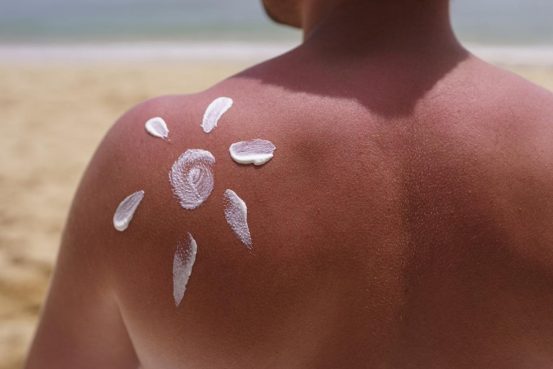
As customers become significantly savvy regarding skin care, the argument between chemical and physical sun blocks remains to be a warm topic. While both offer important security versus the sunlight's hazardous ultraviolet (UV) rays, physical sun blocks are usually lauded for their gentle yet effective formula, making them a favored option for those with delicate or responsive skin. The key to their success hinges on their energetic components, which develop a physical obstacle on the skin to block out UV radiation. This short article will delve into the world of physical sunscreens, focusing on their essential components: zinc oxide and titanium dioxide.
Unlike their chemical equivalents, which take in UV radiation and convert it into warm, physical sunscreens work by sitting on top of the skin to form a shield that deflects and spreads both UVA and UVB rays. This device is why they are commonly described as "sunscreens." The main advantage of this technique is its immediate efficiency upon application and the lower possibility of causing skin irritation, as the ingredients are not soaked up right into the skin.
The most popular component in the physical sunscreen family members is Zinc Oxide. This powerhouse mineral is distinct in its ability to provide broad-spectrum defense, indicating it successfully safeguards the skin against the full range of UVA and UVB rays. UVA rays are in charge of early aging, including wrinkles and great lines, while UVB rays are the key root cause of sunburn. By providing comprehensive defense versus both, zinc oxide plays an important duty in protecting against sun damage and lowering the danger of skin cancer.
In addition, zinc oxide is renowned for its relaxing buildings. It has actually been used for centuries to deal with minor skin irritabilities, rashes, and burns, a testament to its mild nature. This makes sunscreens created with zinc oxide an optimal choice for people with sensitive skin, acne-prone skin, or problems like rosacea and eczema. Its non-comedogenic buildings likewise mean it is less most likely to block pores, an usual issue for those with oily or combination skin.
The various other key player in the physical sun block category is Titanium Dioxide. This normally taking place mineral is one more superb component for developing a physical barrier versus UV rays. It is very effective at mirroring and scattering UVB radiation, physical sunscreen ingredients supplying durable protection versus sunburn. While it offers great defense across the UVB spectrum, it is normally considered less efficient versus long-wave UVA rays compared to zinc oxide.
Therefore, titanium dioxide is often utilized combined with zinc oxide in sunscreen formulations. This combination produces a collaborating result, enhancing the general broad-spectrum security of the item. By leveraging the toughness of both ingredients, formulators can create a sunscreen that uses thorough and dependable defense against the sun's harmful rays. Like zinc oxide, titanium dioxide is additionally mild on the skin and is an ideal alternative for those with sensitive or quickly inflamed skin.
In recent times, advancements in formulation technology have dealt with one of the preliminary disadvantages of physical sunscreens: the thick, white cast they would typically leave on the skin. Modern formulas now utilize micronized or nano-sized particles of zinc oxide and titanium dioxide, which allows for a more cosmetically elegant application without compromising their safety capacities. This suggests you can appreciate the mild, efficient security of a physical sunscreen without the tell-tale white deposit.
Finally, physical sun blocks provide a reputable and gentle way to shield your skin from the sunlight. Their celebrity components, zinc oxide and titanium dioxide, work in consistency to develop a physical guard that deflects harmful UVA and UVB rays. With their excellent safety and security account and suitability for all skin kinds, specifically sensitive skin, physical sunscreens are an awesome force in the fight against sunlight damage. The next time you are Surf the sunscreen aisle, consider the effective, protective, and skin-loving benefits of a physical solution.